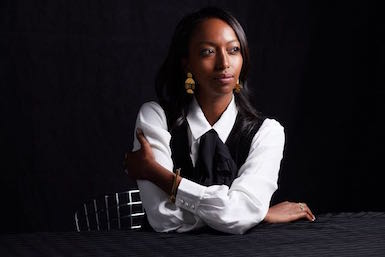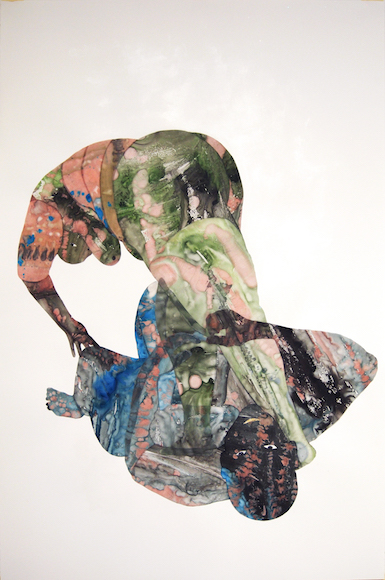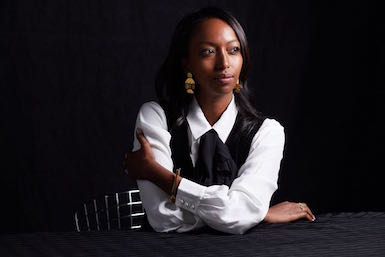[ad_1]

Mariane Ibrahim.
PHILIP NEWTON
After seven years in Seattle and a growing reputation garnered at art fairs around the globe, Mariane Ibrahim is closing her namesake gallery in the Pacific Northwest and planning a move to Chicago, where she hopes to be in operation by the end of 2019. Though a new location has not yet been secured, “I have already seen and explored spaces I quite like,” Ibrahim said of a move she has been plotting for a while. “I’m moving to Chicago to be close to galleries I respect very much,” such as Monique Meloche, Patron, and Rhona Hoffman. “It’s dynamic and I like what’s going on there.”
The move follows a formative period during which Ibrahim’s star has risen as interest in African art has intensified. With a roster of artists from the continent and beyond, she has been an active player in the globetrotting realm of art fairs, with presentations at the 1-54 Contemporary African Art Fair in London, Untitled Miami, Frieze New York, Art Dubai, and Zona Maco in Mexico City, among many more. In 2017, she won the first Presents Booth Prize at New York’s Armory Show, for a presentation of work by Zohra Opoku, an artist of German and Ghanaian descent based in Accra. At this year’s Armory Show, she will present the Haitian artist Florine Demosthene, and her booth at Frieze New York will feature Thenjiwe Niki Nkosi from South Africa.

Florine Demosthene, Between Possibility and Actuality, 2019.
COURTESY THE ARTIST AND MARIANE IBRAHIM GALLERY
Of the town she has called home for close to a decade, Ibrahim—who was raised in Somalia and France—said, “Seattle is so far away from Africa.” But the “anomaly” of featuring artists from far afield in a city without many commercial art enterprises has served the gallery well, she said. “When you’re on your own, you’re set off and can really focus on developing a program. Seattle is small and familial, and it allowed me to evolve.”
“She couldn’t be a more distinctive catalyst for international art,” said Pam McClusky, the curator of African and Oceanic art at the Seattle Art Museum. “Her gallery has been full of surprise, and there has never been a sense of stereotype or categorization that is so common. She would have an Iranian artist and then a Belgian-Dutch artist and a Frenchman—and on and on. She had an incredible impact here.”
“She has been a fantastic addition to Seattle,” said Lisa Goodman, a collector in the city. “The artists she represents weren’t being shown, and she connected very closely with the community.”
Ibrahim—who featured in a recent “ARTnews Accord” with 1-54 director Touria El Glaoui—said Chicago appealed to her for its particular kind of American-ness. “I felt like for the first time I was in America,” she said of her first visit a few years ago. “New York is so international—it’s its own country, in a way—but in Chicago I felt like, This is the capital of America, with all its history and architecture and economy and politics.”
The city’s prominent African-American collector base is a factor, she said, as is a sense of Midwestern camaraderie. “I’ve always wanted to be part of a community. There isn’t aggressive competition in Chicago. Dealers have dinner together there. I like the solidarity that exists. It’s a place that has all of the energy I’ve been looking for for some time.”
[ad_2]
Source link

